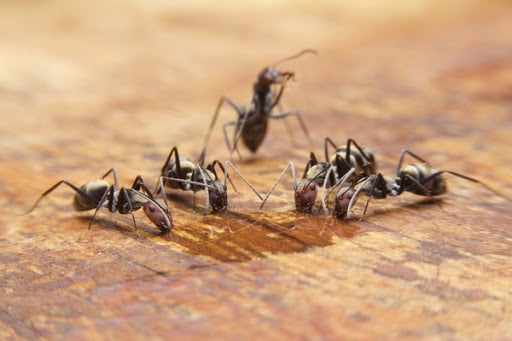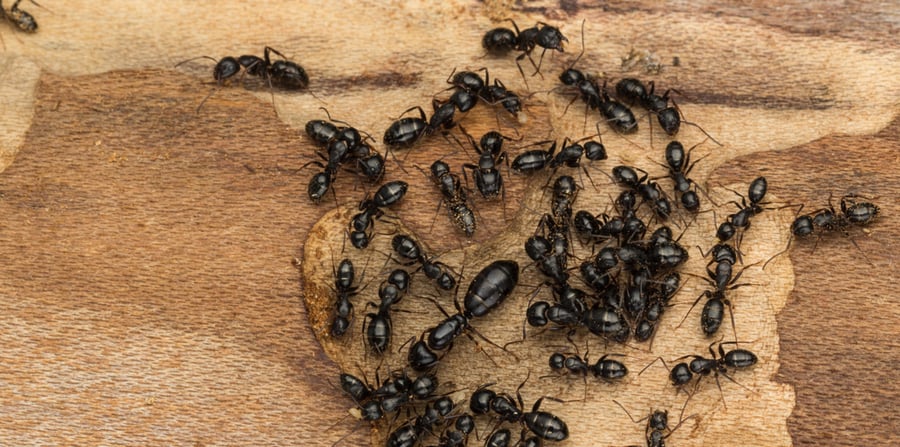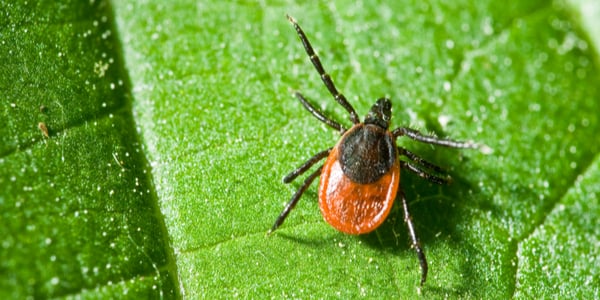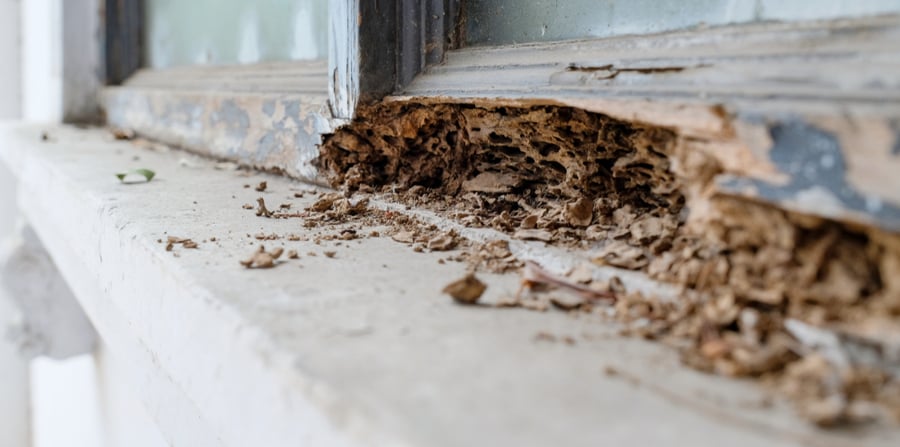Carpenter ants are ants species belonging to the Camponotus genus. Carpenter ants are infamous for carving hollow tunnels, or “galleries” through wooden structures, damaging those structures in the process. Carpenter ants are common all over the US. They mate starting in late spring and target wet or damaged wood.
Carpenter ants are particularly frustrating pests because the damage they inflict, while gradual, is permanent. Over a long enough period of time, it can also be expensive--or even dangerous! Luckily, it’s not too difficult to keep carpenter ants away from your home. You just need to know a thing or two about them. Here’s everything you should know about carpenter ants, including what they want and how to keep them from getting it.
What are carpenter ants?
There are over 900 species of Carpenter ant. The most common ant in the US is the black carpenter ant (Camponotus pennsylvanicus). Colonies of carpenter ants are eusocial, containing different specialized castes including workers, reproductive swarmers, and queens. Each caste looks different and serves a different function. Workers range in size from ¼ to ½” long and are usually uniformly black. Swarmers are larger and have translucent wings. Queens are even larger than swarmers and eventually lose their wings.
The name “carpenter” ant references the fact that these ants carve hollow galleries through wood to make their homes. Unlike termites, they don’t actually eat the wood they carve through. Instead, they simply break it down and move it out of the way, leaving behind a sawdust-like material called “frass.” Carpenter ants are often mistaken for termites because both insects look and behave similarly. Compared to termites, carpenter ants have darker bodies, narrower waists, elbowed (not straight) antennae, and shorter hind wings. If you see what looks like a flying ant, then it’s probably a carpenter ant.
Why are they a problem?
Carpenter ants build their colony nests by caring hollowed-out galleries in wood. In the process, they excavate large, winding tunnels through wooden structures. Over time, these hollow tunnels can substantially compromise the structural integrity of the wooden structure the ants live inside. Hollowed-out wood may be more vulnerable to breaking or collapsing or less capable of sustaining its own weight. The longer the carpenter ants infest a wooden structure, the more damage they can inflict.
Homes and businesses spend millions of dollars to control carpenter ants every year. The ants are considered a particularly bothersome pest because the damage they inflict is permanent. There’s no way to “fix” the galleries carpenter ants carve through wood except to replace the damaged wood. Worse, carpenter ants often work their way through damaged or vulnerable wood into structurally-sound or protected wood. In other words, if left alone, carpenter ants could damage all the wood in a building--not just the vulnerable wood.

When are they active?
Reproductive carpenter ants engage in nuptial flight in late spring and early summer. Male swarmers seek out flying queens and mate with them in midair. After mating, the queen loses her wings and seeks out a place to build a colony. Swarms occur in the late afternoon and early evening on warm, sunny days after recent rainstorms. If you see swarmers during summer, don’t panic! Just because they’re flying near you doesn’t mean they live near you… yet.
It takes three to six years for a colony to develop. During summer and fall, carpenter ant workers forage for food to bring back to the colony. They feed on sources of protein and sugar, including meat, pet food, and sweets. The ants forage from sunset until midnight and spend the rest of summer resting or building the nest. Carpenter ants usually go dormant in winter, but if they’re established in a warm environment they will keep working. In other words, if you see flying ants in your home over the winter, you probably have an infestation.
How can I prevent them?
Carving out galleries through wood dries out carpenter ants very quickly. Colonies require a constant source of moisture to remain active and working. In order to stay hydrated, carpenter ants begin building their colonies in wood that’s moist. Condensation, plumbing leaks, humidity, or other moisture sources make wood vulnerable to carpenter ant infestation. The best way to keep carpenter ants away is to restrict their access to this vulnerable, wet wood.
Start by dehumidifying naturally humid parts of your building. Seal drafts in your basement, attic, crawlspace, or storage. Repair plumbing leaks in and outside of your building, especially around exposed wood. Most carpenter ant infestations start around decks, porches, baseboard, or wooden pillars. Protect exposed wood outside by wrapping it in plastic or vinyl covers. Cover, treat, and dry any wood that’s exposed to the ground directly. The better you can keep the wood around you dry and protected, the more effectively you’ll prevent carpenter ants.
If you suspect you have carpenter ants, you should do something about them fast. The sooner you can wipe out an infestation, the less damage your carpenter ant infestation can cause. Infestations inflict structural damage slowly but surely, so there’s not a moment to lose!
Whether you’re dealing with an active carpenter ant infestation or you want to prevent one before it happens, Plunkett’s can help. Our experts can identify carpenter ant infestations, drive them out, and make sure they can’t hurt your home again. Get in touch now, and we’ll make sure the damage stops right here.









